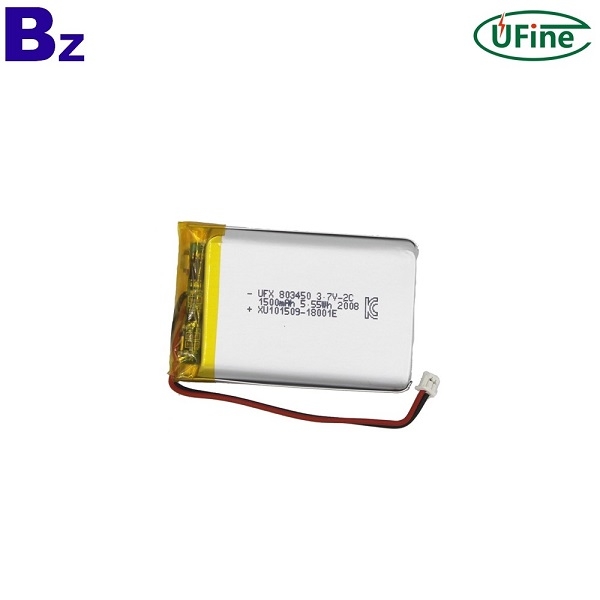People often have a misunderstanding when charging: it is best to maintain a fully charged state. Perhaps for obsessive-compulsive disorder, when the battery level jumps from 100% to 99%, it will kill him, but in fact, keeping the phone in a charged state is not a recommended behavior, especially after the device is fully charged. The battery of the mobile phone can't bear such a toss.

Lithium-ion batteries are not a panacea
When you get your first mobile phone, many elders will always tell you that the new mobile phone must be fully discharged, then charged for 12 hours, and then fully discharged. Repeat this 3 times. At first, you were silly and you must do it honestly according to the words of your elders, but in fact, smart phones that already use lithium-ion batteries no longer need such a troublesome battery maintenance process.
To carry out multiple discharge charging process is Ni MH battery, this kind of battery has a strong memory, repeated charging and discharging process is also to make Ni MH battery get the maximum charging limit. But today's mobile phones use lithium-ion batteries, there is no need to repeat such a complex battery memory process. So, will the lithium-ion battery always maintain the highest power limit?
The answer must be No. Although lithium-ion battery is famous for its durability, after many cycles of battery charging and discharging, the upper limit of its power will inevitably be lost. This kind of loss is formed over time, and the reason for the loss is that in addition to the normal charging, overcharge is the culprit.
How to understand overcharge
Overcharge is actually very easy to understand, that is, when the display power is full, we are still charging the mobile phone battery. At this time, we say that the mobile phone is overcharging. When the battery is fully charged, continuous charging will lead to the structural change of the cathode material, resulting in the loss of capacity. The decomposition of oxygen and electrolyte will have a violent chemical reaction, and the worst result is explosion.
In real life, there are many cases of cell phone explosion when charging. For example, on March 4, 2015, a 23-year-old girl was burned while charging her mobile phone, and on June 15, 2015, an 18-year-old boy was electrocuted while charging her mobile phone. The reasons for these tragedies can be attributed to the damage of the battery itself, the lack of IC protection for the charger, and the quality problems of the power supply itself. When the current is still continuously input after charging, because the capacity of the battery has reached the upper limit, most of the current is converted from electric energy to heat energy and consumed, so the battery begins to heat up.
Common sense also tells us that the best way to store batteries is at room temperature and in a dry place, whether it's Ni MH batteries or Li ion batteries. When overcharge occurs, there is no doubt that a large amount of heat energy converted by current will be emitted, which will lead to the reaction of positive electrolyte of lithium-ion battery and consume the maximum capacitance of lithium-ion battery. When the heat is accumulated to a certain extent, fire, explosion and other events are likely to occur.
In the face of such a low security thing, mobile phone manufacturers and charger manufacturers naturally will not sit idly by. After all, when users have security problems, manufacturers have an unshirkable responsibility, so they have a lot of attention when charging mobile phones, especially the mainstream mobile phones and chargers charging with USB interface.




